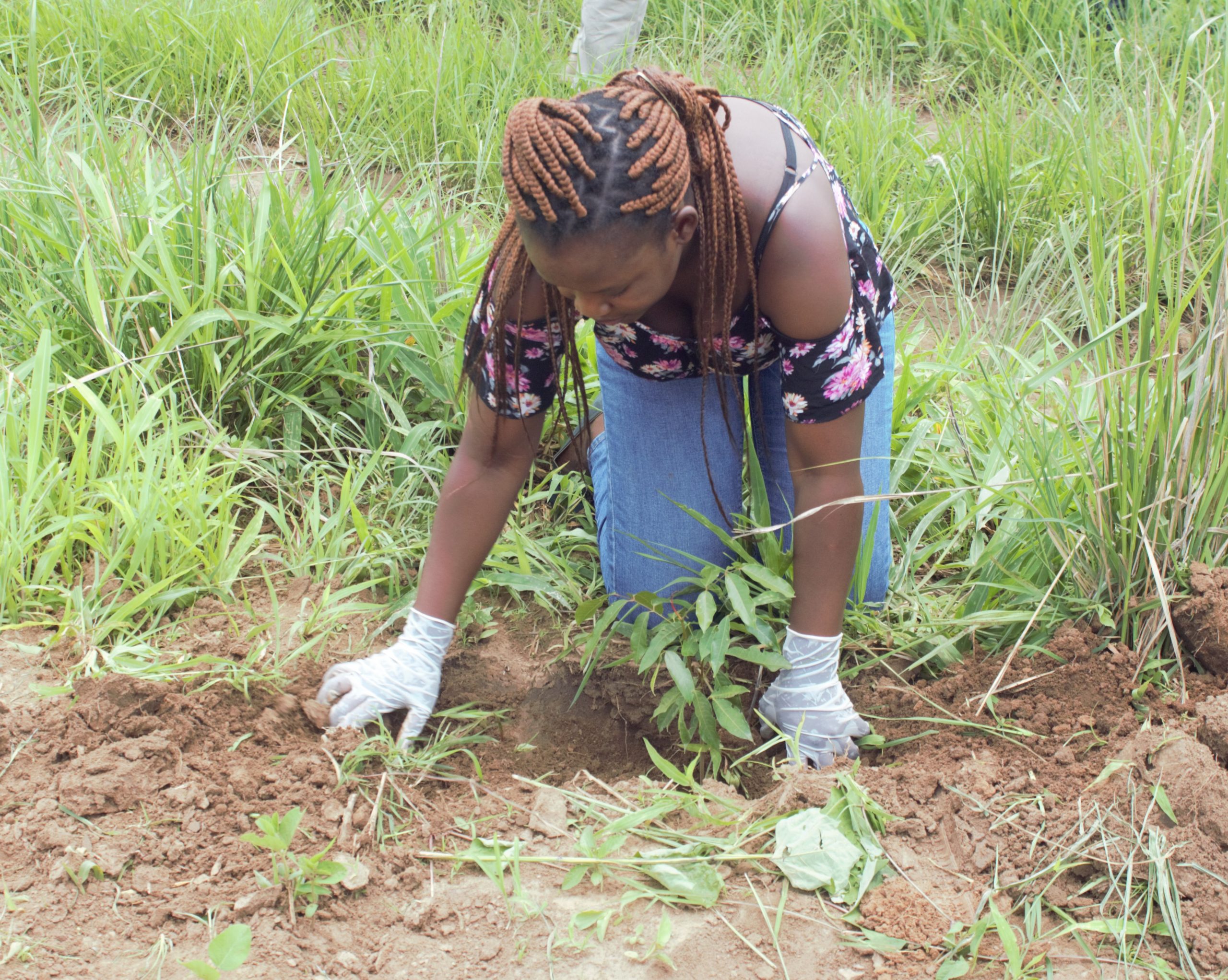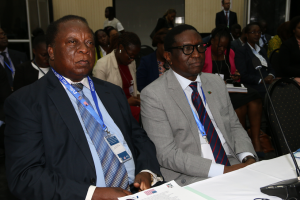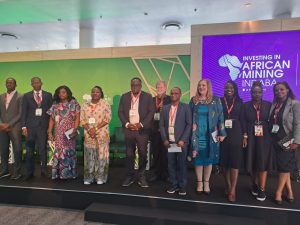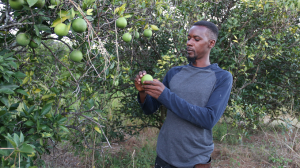Women make up the largest population globally and in Zambia, the Zambia Statistics Agency (ZAMSTATS) estimates the female population of the country to be around 10,007,713, according to the 2022 census of population and housing.
It is apparent that from the population figures, women in Zambia put pressure on the country’s environment since they largely look for firewood to cook for their families.
It is noted that women who live in peri-urban, estimated to be around 41 percent of households, exert pressure on the already strained power generation capacity as they continue to use electric stoves for cooking.
This is against the backdrop of having other alternative sources with which women can employ to reduce reliance on electricity.
However, the gender roles that women play have made them susceptible to various misfortunes including climate change, prompting various institutions to come up with mechanisms to reduce the vulnerability of women to shocks brought about by climate change.
World Vision Zambia (WVZ), has been spearheading the involvement of women in the fight against deforestation and climate change under its Sustainable Land Restoration (SLaR) project. Its Gender Equality, Disability and Social Inclusion (GEDSI) assessment revealed that women are more susceptible to shocks of climate change than the male gender.
WVZ SLaR Project Manager Marvin Mpola shares that the GEDSI report puts vulnerability of women to shocks of climate change at 76 percent.
“The GEDSI vulnerability assessment showed 76 percent vulnerability for women, for those with disability it was even higher. So, we concluded that women are more vulnerable to the effects of climate change. Most research that has been done shows that women are more vulnerable to the shocks of climate change,” he emphasised.
With such levels of vulnerability, Mr Mpola indicates that World Vision Zambia put a premium on the involvement of women in the climate change fight so as to reduce their vulnerability to climate change shocks.
“As GEDSI it is our policy that we reach 52 percent women, 48 percent men and 5 percent persons with disability in the various climate change interventions that we are undertaking within the project,” he said.
The SLaR project focuses on a Farmer Managed Natural Regeneration model (FMNR) and Farming God’s way to spearhead efforts of afforestation and environmental protection.
The five-year project worth US$5 million targets to regenerate 150,000 hectares of degraded land in the three districts World Vision Zambia operates, namely Katete and Sinda in Eastern province and Chibombo district in Central province.
Another institution pushing for the participation of women in climate change mitigation and environmental protection is the Zambia Integrated Forest Landscape Project (ZIFLP) funded Community Energy for All (CE4A), a civil society organisation that is protecting the Kangwelema and Mphangwe mountain range.
CE4A Chairperson Juliet Pendwe, notes that climate change and its adverse effects have a much higher impact on women as they are in most cases the ‘engine’ of the home, ensuring that things run smoothly.
Ms Pendwe points out that things such as meal preparation, farming, fetching of water and general household management is shouldered by the women adding that all these responsibilities border on the environment, hence the involvement and participation of women in activities of environmental protection is cardinal.
“Issues to do with climate change are won with concerted effort. The aspect of women participation in climate change is very cardinal because the effects of climate change border so much on women. Because if you look at a woman in the village, she is the one to prepare meals and do so on,” explains Ms Pendwe.
Other than household chores, issues regarding food security at household level call for the need for women participation in climate change mitigation efforts and environmental protection.
“The impact of climate change borders so much on food insecurity. And in a household where there is no food, the one who suffers so much is the woman because this woman has to make sure there is food on the table to feed every person in the household,” states Ms Pendwe.
Ms Pendwe wants women folk to take climate change issues seriously and realize that it impacts them more than the male gender.
She said women should engage in livelihood activities that border on environmental protection to reap the full benefits from the field.
“For climate change activities, we want women to take a lead because it affects them so much more than men. Women have to understand environmental protection coupled with livelihood. We need the women to know that while they protect the environment, they can also get a livelihood from the same environment they are protecting,” she says.
Ms Pendwe highlights that women can engage in beekeeping, mushroom production, smart agriculture, as activities that protect the environment while ensuring that they have a source of income.
Apart from the collaborative efforts of civil society, the government through the Department of Forestry under the Ministry of Green Economy has also noticed a change in attitude towards issues of environmental protection from women.
Speaking during a District Nutrition Coordinating Committee (DNCC) Leah Chipimo a Forestry Technician in Katete says there has been a tremendous improvement of women participation in environmental protection and climate change mitigation efforts in the area.
“After doing some awareness raising especially under the Zambia Integrated Forestry Landscape Project (ZIFILP) supported programmes, we have noticed that in the past it was all men who usually used to come, so we started sensitizing them that we need women to get involved as well because they are the most affected. From the time we started doing these awareness meetings, the situation has greatly improved. Sometimes we are even seeing couples unlike in the past,” observed Ms Chipimo.
She said it has not only been in environmental protection but this has also trickled down to leadership positions within cooperatives and groups undertaking environmental protection activities, such as the Community Forest Managed Groups (CFMGs).
“You can see that there are a number of women participating even in leadership positions. And you will also notice that communities also want women to participate especially in the position of treasurer. When it comes to money, they want women to take the lead,” says Ms Chipimo.
And Winfridah Sakala a Forestry Guard and also a farmer who is putting what she learns in practice, says since she started practicing environmental protection especially as regards the cutting down of trees in her farm, she has seen tremendous improvement in the firmness of the soil as there is little or no soil erosion at all.
Ms Sakala anticipates more good things to come from her efforts of environmental protection, especially on her farm.
“I have a farm where I have planted three hectares of maize and I also have a one and half hectare garden. I started practicing environmental protection issues last year in 2023 and I am anticipating to see a lot of change in the soil fertility of my farm and garden,” she said.
She appealed to other women to also engage in environmental protection activities as there are many benefits attached.
“If we are not cutting down trees, we are protecting the environment. We have found meaning in conserving the environment because it helps with rainfall and non-timber products such as mushrooms that provide income and food,” says Ms Sakala.
If all women can take a leaf from the Katete women folk, just maybe, there would be less pressure on the environment.




